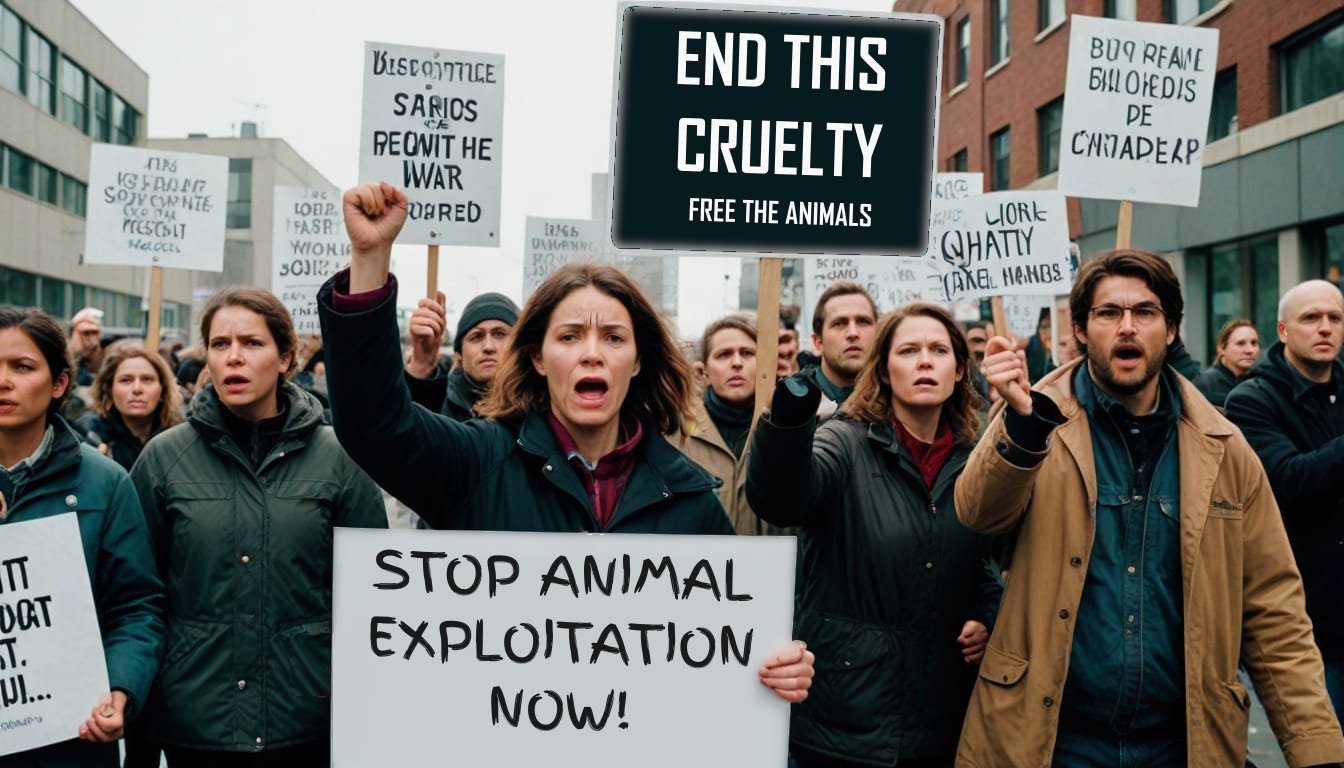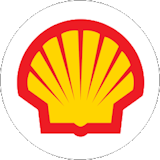The Ultimate in Executive Team Building
Enhance the productivity of your management or executive team by tackling an engaging challenge that tests and evaluates your team’s methodologies and approach.

Liberation
It’s the benchmark against which all executive level team building activities should be measured.

Scenario
An animal rights extremist group has taken over a lab. They planned to cause damage, but something went wrong. They’re now trapped inside with 10 hostages.
A computer simulates the hostage-takers, and communication happens via email. The team can discuss and agree on messages before sending them.
Each team member gets a briefing pack with detailed info on the situation, the hostage-takers, the lab, and the pharmaceutical company. They’ll split the sections and one or two people will become experts on each.
This mirrors the executive or management structure, where each member handles a specific portfolio.
Will the team step up and utilise their expertise?
Can they form a workable strategy?
Will they recognize the importance of each other’s knowledge and spot the connections across sections to their advantage?

Teamwork
The computer provides the team with email communications from various agencies, including the British Government, the site owners, and a SWAT team.
As the action gets underway, all team members work together for the initial communications.
As the hostage takers and the other agencies require various tasks to be completed, the team needs to reorganize and form several sub-teams.
One of the these sub-teams must stay on top of the communications with the hostage takers.
Can they use their strategy to their advantage?
Communication between all of the sub-teams is likely to become stretched.
Handling that disconnect plays an important part in the team’s overall effectiveness.
Liberation is Executive Team Building that mirrors real leadership challenges.

Outcomes
All teams succeed at Liberation to a degree.
Liberation measures team performance with points. The system presents these points to the team as the activity progresses, allowing them to analyse their performance in real time.
The system awards (and deducts!) points based on the quality of the team’s communications and its success in completing various tasks.
At the end of the action, the system presents teams with a performance summary that displays their final score and the rationale behind it.
We are also able to position the team’s score against other executive and management level teams that have tackled the activity.
We finish with a debrief. This focuses on the learning that the team members can take from their individual and collective performance in Liberation back to their corporate responsibilities.
Pricing
The price depends on the number of people in your group, the location, and the time allocated for the activity.
Please call us on +44 (0) 208 242 4524 or complete our web form on this page and we’ll be glad to give you a precise quote.
FAQs
Why is it so well suited to executive and management teams?
Liberation highlights both the importance of having a good strategy and the difficulties of implementing it successfully when the action starts.
Although this can be useful for any level of team, it is of greatest relevance to those who are in more senior positions.
How much time do we need for the activity?
Liberation requires a minimum of a day to run effectively. Ideally, an extra half a day adds to the experience and outcomes.
Where can it be run?
Typically, clients run it in a hotel or on their own site. Liberation is undemanding of the venue and can be run anywhere with power.
We can even supply the power if your preferred location doesn’t have it.
Can it be run outside of the UK?
Absolutely. We’ve run Liberation…
… across Europe, including in the Republic of Ireland, France, Germany, Holland, Portugal and Sweden.
… in North America, Africa and Asia.
Is there a limit on the number of participants?
No. We simply organise larger groups into multiple teams and each team tackles the activity mostly independently.
We say “mostly” because, when we run with multiple teams, some of the tasks can become collaborative between teams.
What team size is best?
Teams as small as just 3 people can tackle it. Depending on your team’s structure, you can have up to 12.
Our ideal team size, though, is between 6 and 8 people.
Fewer than 6 and communication within the team is easier than it usually is in real life. More than 8 and a team has more people to tackle all the tasks that arise. Priority setting in assessing the different tasks that need dealing with then becomes less important than it is in real life.
For example, we’d recommend organising a group of 12 into two teams of 6 people .
Request Information
A Few Liberation Testimonials

“The contribution that Sandstone brings to these type of events is in my experience unique, professional and of considerable value. Thank you for your contribution to our journey. I hope that we will have the opportunity to work together again in the future.”

“I have had a stream of complimentary emails from partners who really enjoyed the two days – not least because it was so different and so engaging. I think we can call it a success! Phew! Many thanks again to you and the team for a great couple of days.”

“A huge THANK YOU for bringing Liberation to Portugal. Liberation was a resounding hit with our Management Team, both in terms of collaboration and communication. Many people commented that they had learned a lot about themselves and others.”
